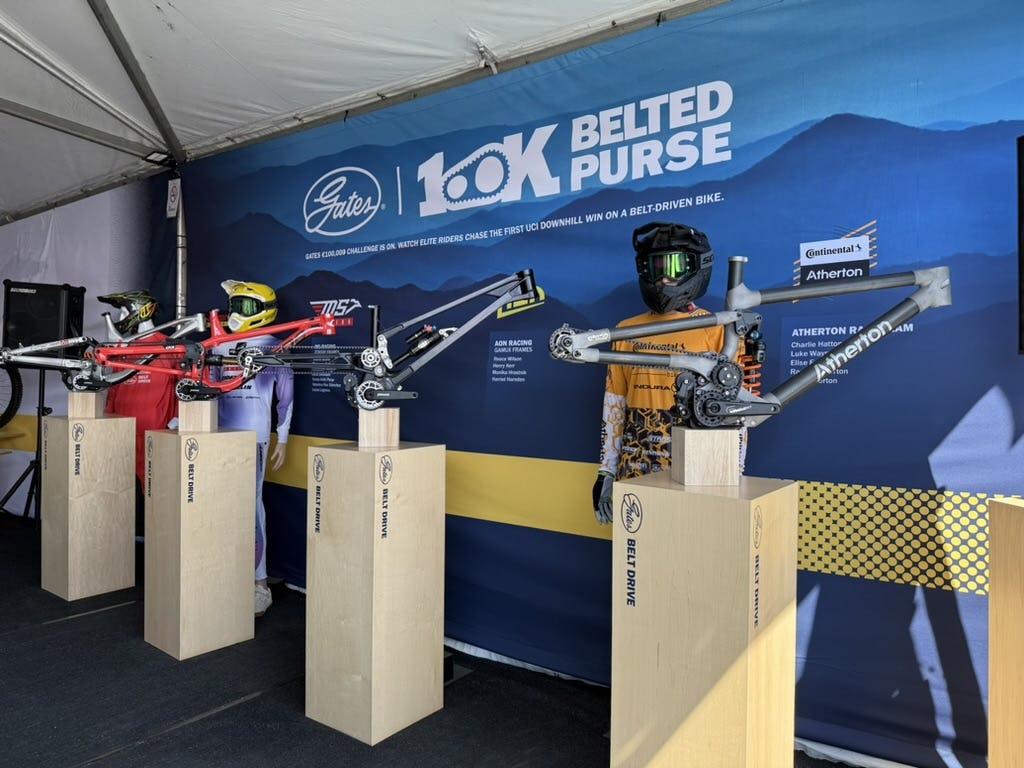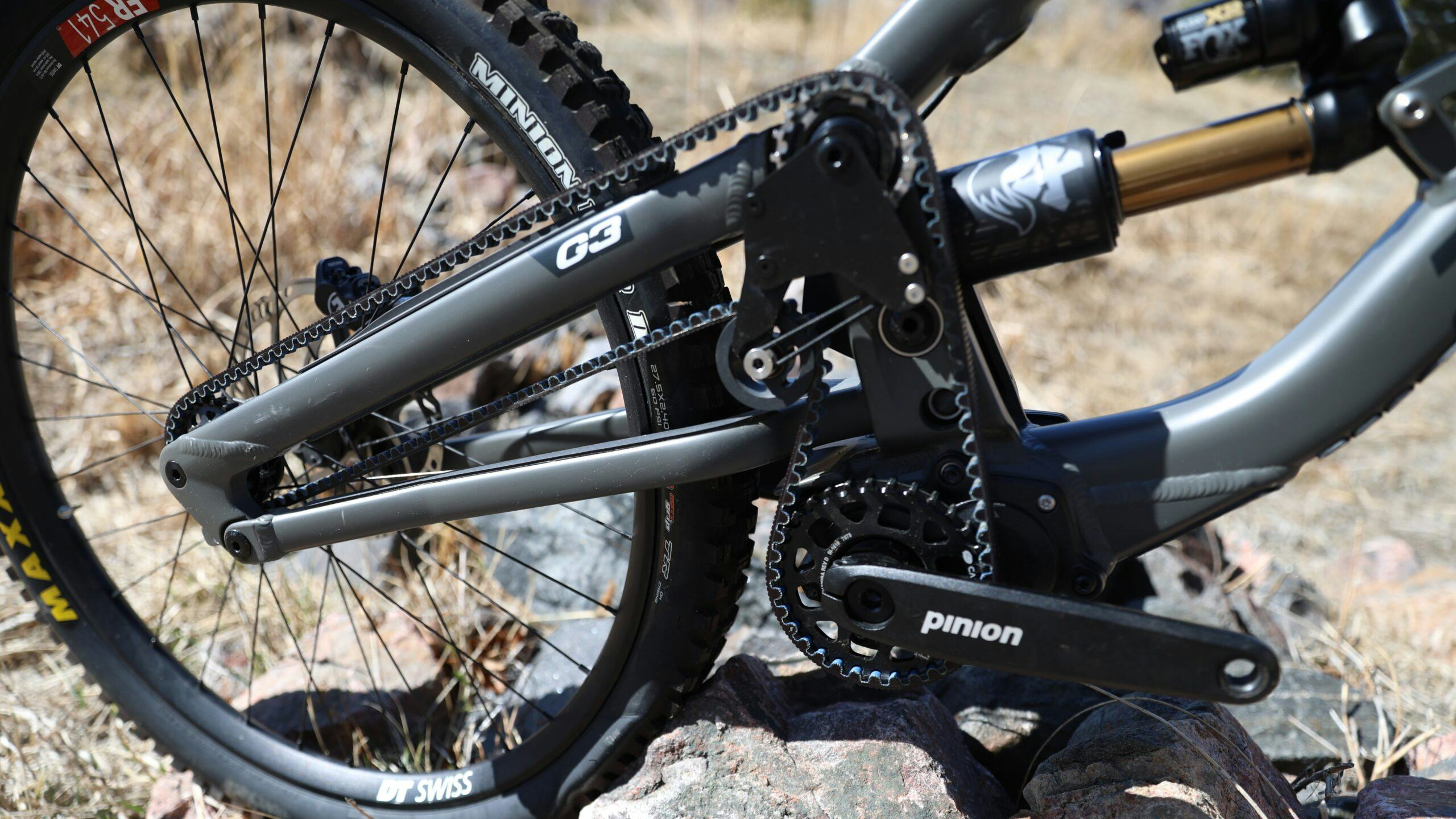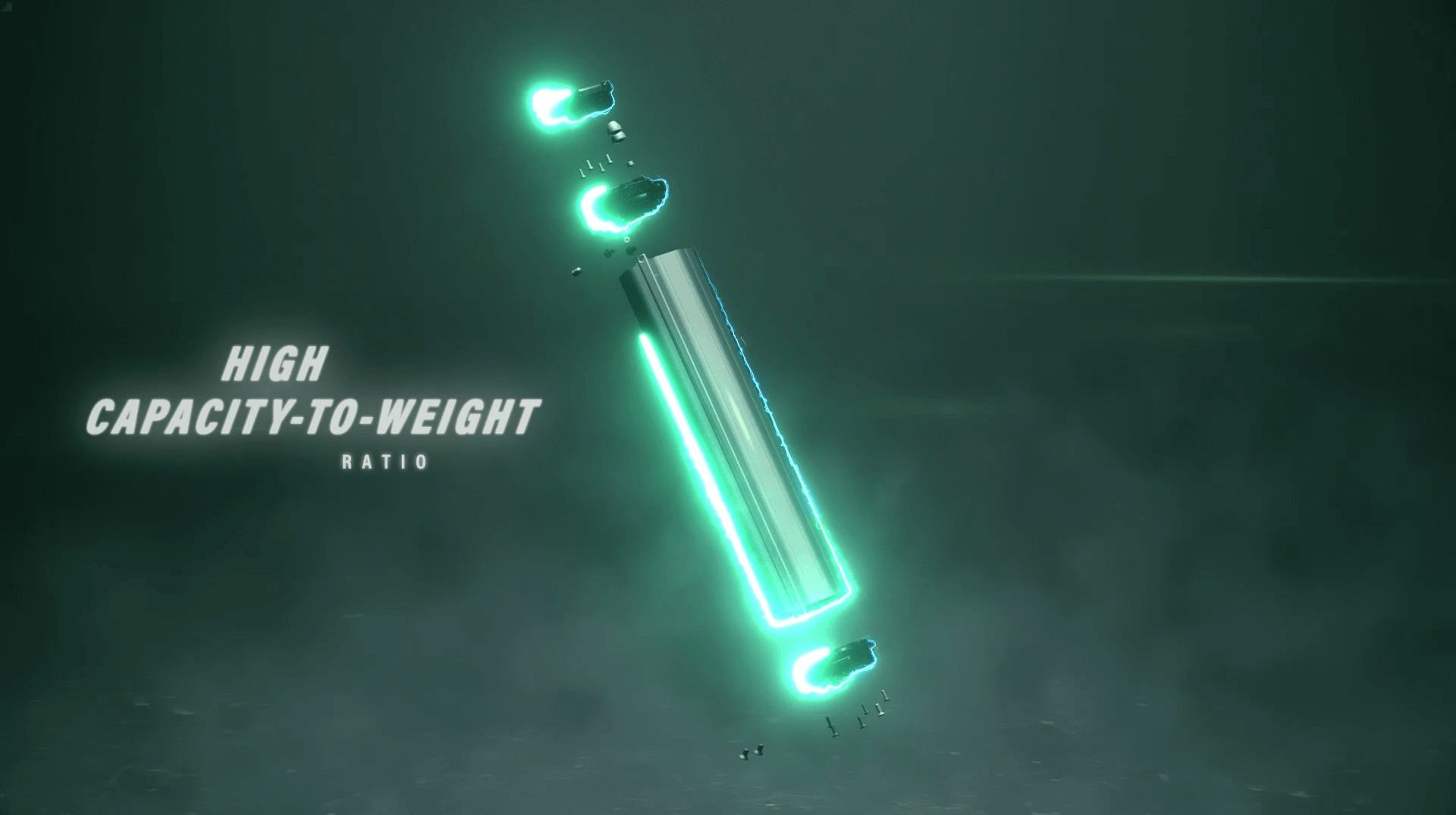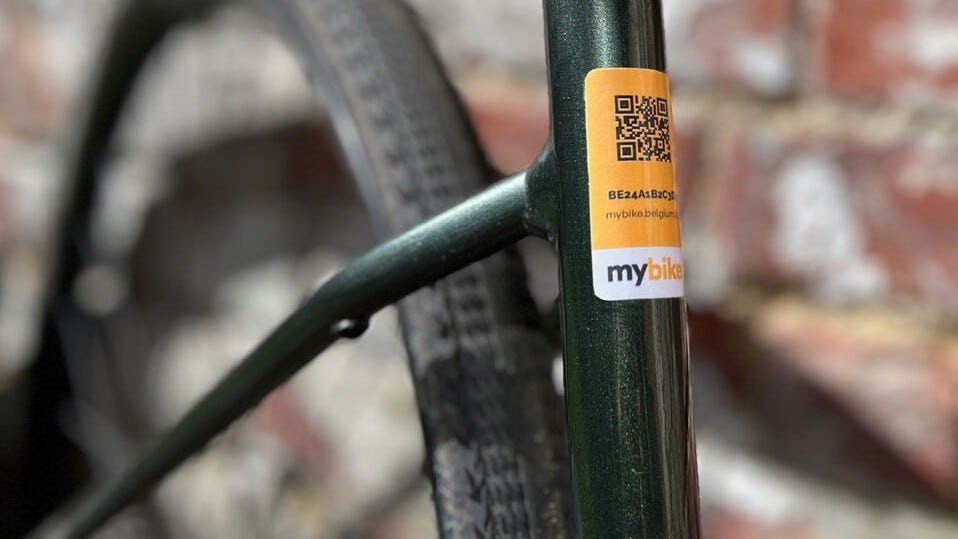Founded in 1911, the Gates Corporation has evolved to become a global leader in power transmissions and fluid power solutions in more than 130 countries. With its cutting-edge carbon belt drive system, alongside the launch of its €100K Belted Purse Challenge, the company is on a mission to prove a bold point; that belt drives can outperform traditional chains, even in the most challenging conditions.
“We strive to deliver the best products, services, and solutions to drive endless possibilities for our customers,” says Chris Sugai, general manager of Mobility at Gates Corporation. “We developed our belts in response to the weakest points of a chain-drive system, so whether you're a casual commuter or charging up and down a mountain, you’ll get reliability, low maintenance, and great ride quality.”
Proven track record in sports performance
Traditionally, downhill mountain biking was dominated by chain-based drivetrains, often accompanied by noise, maintenance issues, and mechanical failures. That’s why in 2007, Gates chose to replace these with carbon fibre-reinforced belts to offer a quieter, cleaner, and virtually maintenance-free alternative.
Belt drives last significantly longer than chains, which also means fewer replacements are necessary, there is less waste, and fewer raw materials are consumed over time. “There’s also no need for oil or grease, which reduces their environmental impact, and the belts don’t rust so they stay in service for longer,” says Sugai.
Belt systems remove the derailleur and the chain, two of the most failure-prone components in downhill racing”
“But that’s not all. Belt systems remove the derailleur and the chain, two of the most failure-prone components in downhill racing. By centralizing the drivetrain mass around the bottom bracket and crankset, the system improves the bike’s balance, traction, and suspension, which are all critical for descending technical, high-speed terrains.”
Overcoming mechanical limitations
Gates Belt Drive systems also eliminate common issues with traditional drivetrains such as stretching, corrosion, and derailments. “One of the most common misconceptions is that belts stretch—they don’t,” Sugai clarifies. “Our belts are reinforced with carbon fibre tensile cords, so they maintain their length and tension over time and there is no need for constant adjustments.”
Additionally, there’s scepticism about belt performance under extreme torque or conditions. Sugai: “Downhill, cyclocross, and endurance riders are now offering proof to the contrary. Racers attest to smoother power delivery but also quieter runs, which helps improve focus and rider confidence.”
Bicycle riders experience reduced maintenance, making belts increasingly attractive in both racing and retail settings. “Furthermore, as elite racers adopt these belt drives, it sends a message to component OEMs and aftermarket dealers that this technology can uphold its promise,” says Sugai.

The €100K Belted Purse
Designed to both celebrate and challenge the limits of the Gates technology, the €100,000 Belted Purse doubles as a marketing campaign and a tangible symbol of innovation.
“The €100K Belted Purse is bold by design. It’s not just about the prize money; it’s making a statement,” Sugai explains. “We launched it to spark real momentum around belt drive technology in one of the most demanding cycling disciplines: downhill racing.”
This campaign challenges elite racers to win a World Cup race on a Gates belt-driven bike with an incentive to win a six-figure reward as proof of performance. “In 2023, Gamux became the first team to fully commit to belt-driven DH bikes,” says Sugai. “Now in 2025, four elite teams and 16 racers are competing in the UCI World Cup with Gates Belt Drive systems, chasing our €100K Belted Purse Challenge.”
This article is sponsored by Gates.










